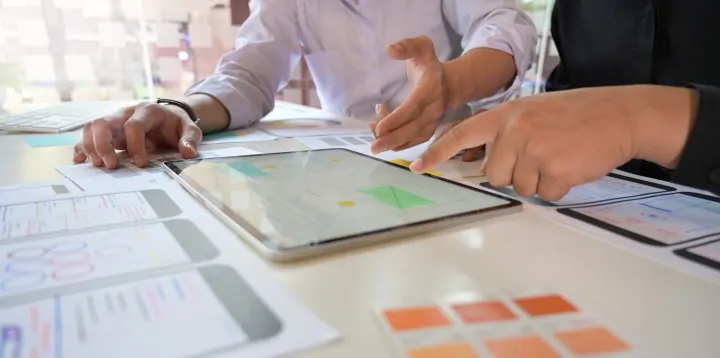It's Time to Stop Guessing How Much Donors Spend on Gender Equality

This opinion piece first appeared in Devex on 31st March 2020. For the full version of the article please click here.
As the world grapples to learn as quickly as possible about COVID-19 and its impacts on people, there’s one very clear trend emerging: Gender matters.
Men in China were more likely to die of the virus, likely due to higher smoking rates. The amount of domestic violence reported by women sharply increased, due to social isolation within the home. Women and girls are disproportionately impacted by school closures, given that they are responsible for the majority of caregiving responsibilities.
Countries like the United States are also starting to consider their role in helping other countries, especially low-income countries with weak health and social protection systems, to control and respond to the pandemic.
As part of a bigger package aimed at helping our own nation respond, Congress approved over $1 billion in funding to support other countries. In order for these funds to be spent effectively — as with all foreign assistance — Congress, the U.S. Agency for International Development, and the Trump Administration should be doing gender analysis to understand the situation and then track how funds are spent, as well as the results of supported projects. Unfortunately, this is unlikely to happen.
Currently, there is no way to know what the U.S. government is spending on foreign assistance to promote gender equality because there is no consistent and accurate way for donors to “tag” funds dedicated to gender. The U.S-based Friends of Publish What You Fund and its sister organization, Publish What You Fund — both of which campaign for aid transparency — along with Plan International USA and Save the Children USA, are launching a new project to tackle this complex problem.
The gender aid data gap problem When it comes to gender equality, the situation with coronavirus is not unique. Evidence has shown us time and again that gender equality and girls’ rights are essential to realizing the Sustainable Development Goals and global peace and prosperity, yet gender equality continues to be grossly underfunded.
Despite much progress on increasing donor attention to gender equality objectives, there remains an urgent need for more funding for work that has gender equality as a significant focus and a better understanding how current funding for gender equality is spent. Policy commitments must be more than rhetoric and must be supported through transparent funding.
This recent report by the Organization of the Economic Co-operation and Development‘s Development Assistance Committee indicates that many donors report spending more aid on gender equality projects than ever before.
But we need better data on how much money is going toward these projects, what the projects’ objectives are, and whether these projects are successful in positively impacting women and girls’ lives and driving progress for sustainable, broad-based growth and development.
Project to address the gender aid data gap
Friends of Publish What You Fund and Publish What You Fund, with partners Plan International and Save the Children, are launching a new project, “Tracking Gender Aid Data for Better Gender Equality,” to drive progress on development and ensure that foreign aid helps women and girls.
The project’s purpose is three-fold: 1) determine how much is spent on gender equality and for what types of projects; 2) show what those programs are achieving; and 3) explore and identify ways to track gender equality projects in a more systematic way.
This opinion piece is part of the Devex Focus on: Gender Data series
Authors Nora O’Connell (Associate Vice President for Public Policy & Advocacy at Save the Children USA) and Tessie San Martin (Co-chair of the Modernizing Foreign Assistance Network and President and CEO of Plan International USA) serve as board members of Friends of Publish What You Fund.












